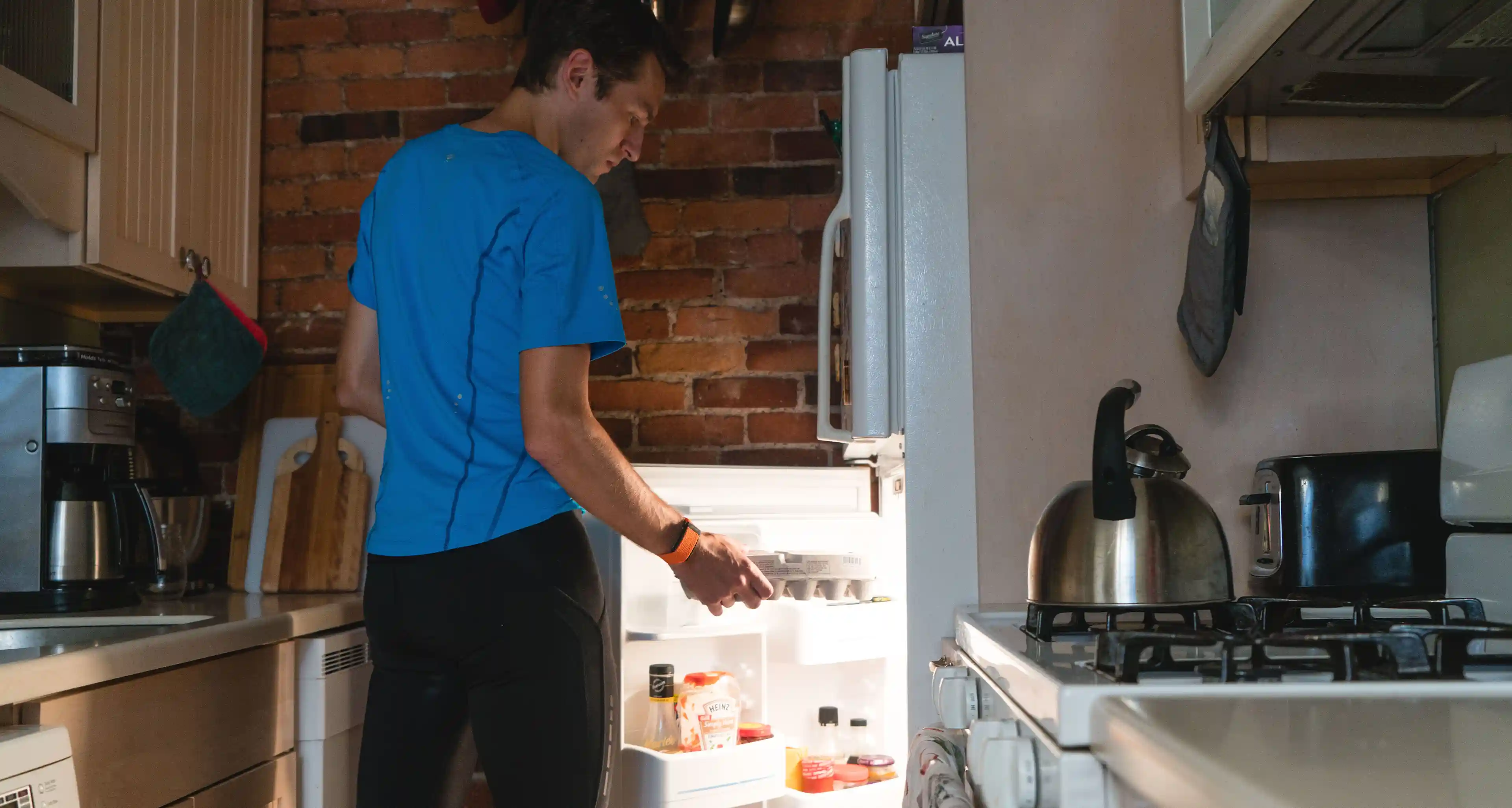Topics
- Article
#WHOOPEd Weekly Digest, Vol. 23

Common myths associated with ACL injuries, pillars of ideal nutrition for athletes, and the importance of deep sleep for visual learning.
Tuesday, October 10
Concussion Prevention: A neck collar applies pressure to jugular vein to increase blood volume in skull
- Dr. David Smith’s inspiration for the Q collar, a device developed to safeguard the structure of the brain and protect it against mild traumatic brain injury, was a woodpecker.
- Smith explains that the woodpecker creates internal devices to change and modulate the pressure and volume inside the cranial space to prevent concussive symptoms.
- The collar is worn around the neck and applies pressure to the jugular vein to increase blood volume in the skull, creating an air bag effect.
- The device is still seeking clearance from the FDA to be sold in the U.S.
Wednesday, October 11
7 Common Myths Regarding ACL Injuries & Rehabilitation
https://www.linkedin.com/pulse/7-common-myths-regarding-acl-injuries-rehabilitation-dan
- Several studies show that patients felt knee outcomes, post ACL reconstruction, were improved when obtaining symmetrical knee extension. This is preferred over achieving zero degrees of knee extension, everyone is unique in their body’s natural range of motion.
- ACL prevention programs reduce the risk of sustaining a future ACL injury. We cannot prevent ACL injuries because situations cannot be fully controlled in sport; injuries are part of the game.
- Females have a greater ACL injury risk however, the total number of injuries and ACL surgeries is greater in males including contact and non-contact injuries.
- In order to maintain successful rehab and return to sport post ACL reconstruction, it is important to use ongoing and appropriate strength and conditioning programs post-rehab. It is critical to maintain symmetry of strength and range of motion bi-laterally.
Thursday, October 12
Deep Sleep Critical For Visual Learning
http://ns.umich.edu/new/releases/25133-deep-sleep-critical-for-visual-learning?
- When we see something, our retinas transmit that image to the thalamus in the brain, which allows the brain to process the information. During deep sleep we remember that same visual.
- In a study with mice, the mice were presented a visual experience, allowed to sleep and when shown the stimuli again neurons in the mice fired more. Sleep deprived mice did not have this same experience.
- “During visual experience, immediate changes in the neurons occurred in the thalamus but nothing in the visual cortex. During subsequent sleep, those waves are apparently able to transfer information from the thalamus to the cortex and the information reflects what the animal has been looking at.” – Sara Aton U-M assistant professor of molecular, cellular and developmental biology.
Friday, October 13
The 10 Pillars of Nutrition for Athletic Performance
- Athletes participate in periodized programs, which means nutrition goals and requirements cannot be static. They need to evolve and change, taking into account the needs of daily training sessions.
- Highly trained athletes are always walking the line between training hard enough to achieve a maximal stimulus and avoiding illness and injury risk associated with high training volume.
- Athletes benefit from education of cost-to-benefit analysis of the use of supplements and sports foods.
- Nutrition plans should be personalized to the individual athlete in order to account for the uniqueness of the event, practical challenges, food preferences and responses to various strategies.
Make sure to check out @whoop on Instagram, Twitter and Facebook.